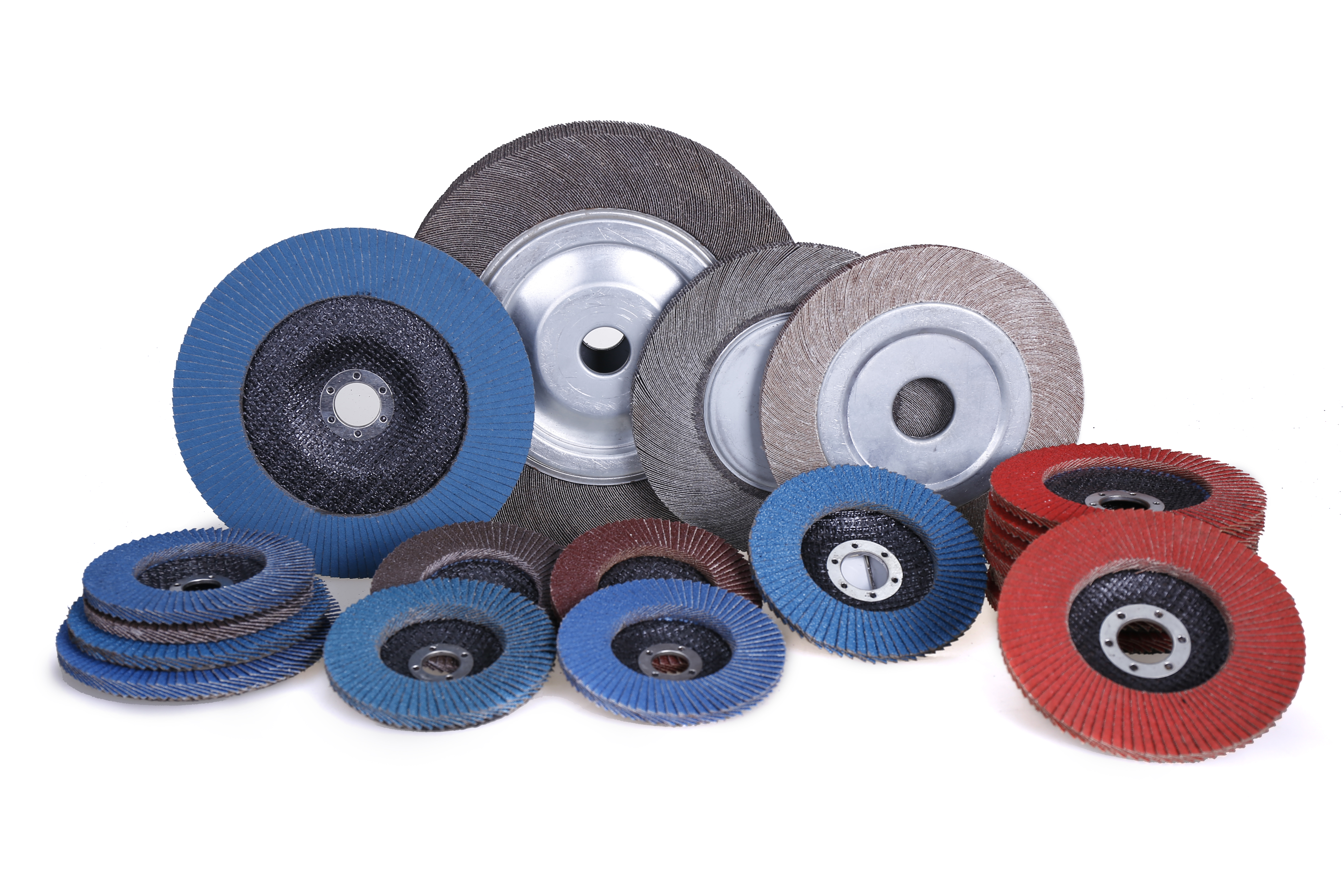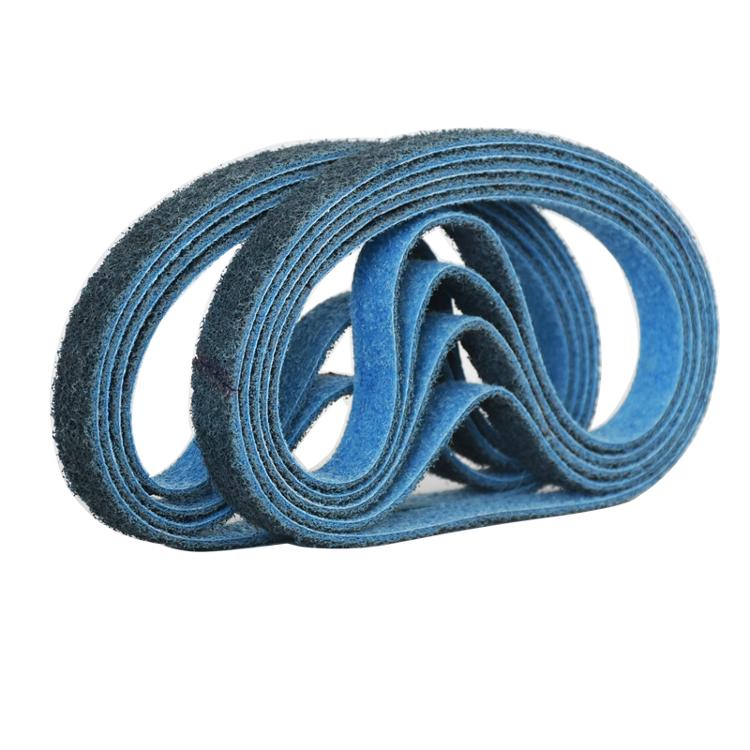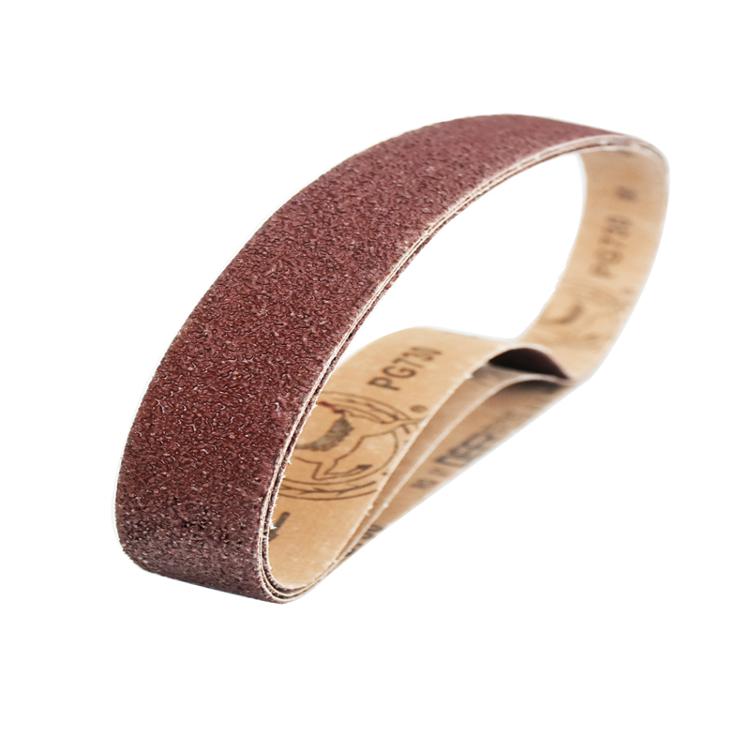
Grinding tool abrasive wheel use characteristics
Grinding tool abrasive wheel use characteristics

As we all know, the grinding wheel is the most important type of grinding tool in grinding. The grinding wheel is a porous body prepared by adding a binder to the abrasive, pressing, drying and calcining. Due to the different abrasives, binders and manufacturing processes, the characteristics of the grinding wheel vary greatly, which has an important influence on the processing quality, productivity and economy of the grinding. The characteristics of the grinding wheel are mainly determined by factors such as abrasive, strength, bonding agent, hardness, organization, shape and size.
According to the abrasive used, it can be divided into ordinary abrasive (corundum and silicon carbide) grinding wheel and natural abrasive super-hard abrasive and (diamond and cubic boron nitride, etc.) grinding wheel;
According to the shape, it can be divided into a flat grinding wheel, a beveling grinding wheel, a cylindrical grinding wheel, a cup-shaped grinding wheel, a dish-shaped grinding wheel, etc.; according to the bonding agent, it can be divided into a ceramic grinding wheel, a resin grinding wheel, a rubber grinding wheel, a metal grinding wheel and the like. The characteristic parameters of the grinding wheel mainly include abrasive, viscosity, hardness, bonding agent, shape and size.
Since the grinding wheel usually works at high speed, the slewing test (to ensure that the grinding wheel does not break at the highest working speed) and the static balance test (to prevent machine vibration during work) should be performed before use. After the grinding wheel has been in operation for a period of time, it should be trimmed to restore the grinding performance and the correct geometry.
The characteristics of the grinding wheel on the grinding machine are:
The grinding zone is hot due to severe friction. This can cause stress and deformation of the workpiece and even burn the surface of the workpiece. Therefore, a large amount of coolant must be injected during grinding to reduce the grinding temperature. The coolant can also act as chipping and lubrication.
The radial force during grinding is large. This causes the machine-grinding-workpiece system to retreat so that the actual depth of cut is less than the nominal depth of cut. Therefore, when the grinding is about to be completed, the knife should not be used for light grinding to eliminate the error. After the abrasive grain is blunt, the grinding force also increases, causing the abrasive grain to break or fall off, and the sharp edge is re-exposed. This characteristic is called self-sharpness. The self-sharpening makes the grinding work normally in a certain period of time. However, after a certain working time, manual dressing should be carried out to avoid vibration, noise and damage to the surface quality of the workpiece.
Since the grinding wheel itself has high hardness and heat resistance, the grinding can process materials with high hardness, such as hardened steel and hard alloy. The characteristics of the grinding wheel and the grinding machine determine that the grinding process system can make uniform micro-cutting, generally ap=0.001~0.005mm; the grinding speed is very high, generally up to v=30~50m/s; the grinding machine has good rigidity; using hydraulic transmission, Therefore, the grinding can economically obtain high machining accuracy (IT6 to IT5) and small surface roughness (Ra = 0.8 to 0.2 m). Grinding is one of the main methods of finishing parts.
- Previous: About Resin Abrasive
- Next: Problems for abrasive belts during grinding
abrasive belt | Zirconia Alumina Abrasive Belt | Compact Abrasive Belt | Silicon Carbide Abrasive Belt
Copyright ©Henan Sanders Abrasives Co.,Ltd All Rights Reserved. Technical Support By Yihong Century Network Technology Co., Ltd. Sitemap

 Henan Sanders
Abrasives Co.,Ltd
Henan Sanders
Abrasives Co.,Ltd








